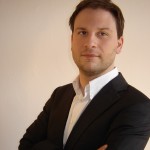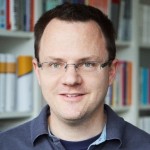Abstract:
We present the novel concept of Controllable Face Privacy. Existing methods that alter face images to conceal identity inadvertently also destroy other facial attributes such as gender, race or age. This all-or-nothing approach is too harsh. Instead, we propose a flexible method that can independently control the amount of identity alteration while keeping unchanged other facial attributes. To achievethis flexibility, we apply a subspace decomposition onto our face encoding scheme, effectively decoupling facial attributes such as gender, race, age, and identity into mutually orthogonal subspaces, which in turn enables independent control of these attributes. Our method is thus useful for nuanced face de-identification, in which only facial identity is altered, but others, such gender, race and age, are retained. These altered face images protect identity privacy, and yet allow other computer vision analyses, such as gender detection, to proceed unimpeded. Controllable Face Privacy is therefore useful for reaping the benefits of surveillance cameras while preventing privacy abuse. Our proposal also permits privacy to be applied not just to identity, but also to other facial attributes as well. Furthermore, privacy-protection mechanisms, such as k-anonymity, L-diversity, and t-closeness, may be readily incorporated into our method. Extensive experiments with a commercial facial analysis software show that our alteration method is indeed effective.
Biography:
Dr. Terence Sim is an Associate Professor at the School of Computing, National University of Singapore. He teaches an undergraduate course in digital special effects, as well as a graduate course in multimedia. For research, Terence works primarily in these areas: face recognition, biometrics, and computational photography. He is also interested in computer vision problems in general, such as shape-from-shading, photometric stereo, object recognition. On the side, he dabble with some aspects of music processing, such as polyphonic music transcription. Terence also serves as President of the Pattern Recognition and Machine Intelligence Association (PREMIA), a national professional body for pattern recognition, affiliated with the International Association for Pattern Recognition (IAPR). Terence counts it a blessing and a joy to graduate from three great schools: Carnegie Mellon University, Stanford, and MIT.
Personal Website: https://www.comp.nus.edu.sg/~tsim/


